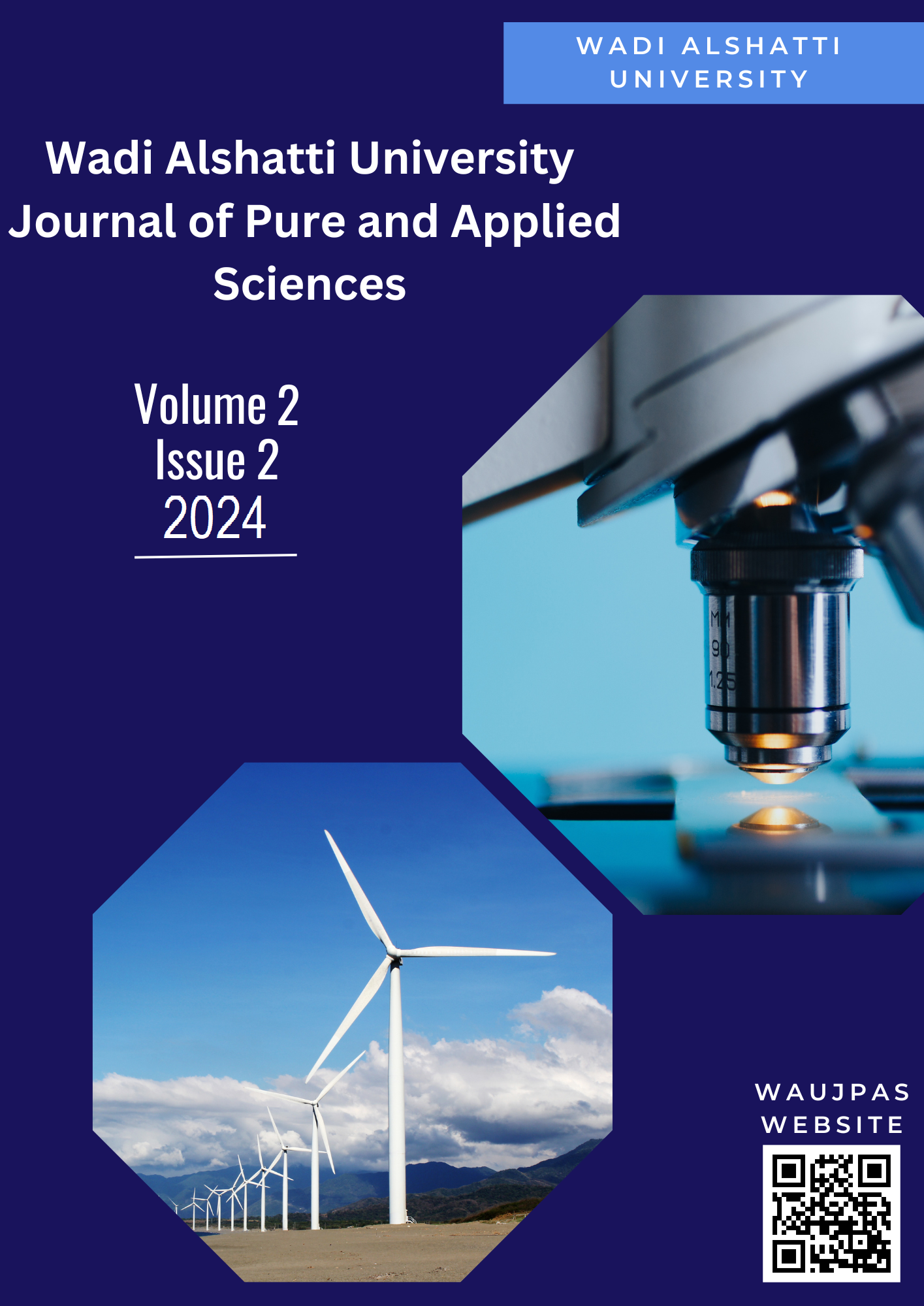Persister Cells: When Bacteria Go to Sleep: A Minireview
DOI:
https://doi.org/10.63318/Keywords:
Antibiotic, Biofilm, Chronic infection, Persister cells treatmentAbstract
Persister cells are phenotypic variants within bacterial populations, exhibiting remarkable tolerance to various antibiotics. These cells enter a dormant state, allowing them to withstand high antibiotic concentrations. Upon antibiotic removal, these lingering persister cells transition back to normal cells through phenotypic switching. Toxin and antitoxin systems play a pivotal role in persister formation, inducing hibernation through mechanisms such as interference with replication, translation, and reduced proton motive force. The development of persister cells is influenced by growth phases and environmental stresses. Biofilms harbor a higher abundance of persister cells compared to planktonic cultures, with the biofilm matrix offering protection. Persister cells are implicated in recurring and chronic infections, posing a significant public health threat. Consequently, there is an urgent need to comprehensively understand persister cell formation and physiology, leading to the development of drugs and strategies for effective eradication.
Downloads
Downloads
Published
Issue
Section
License
Copyright (c) 2024 Aisha Shahlol, Asma Altaher (Author)

This work is licensed under a Creative Commons Attribution-NonCommercial 4.0 International License.
This journal uses Creative Commons Attribution-Noncommerical 4.0 International License (CC BY-NC 4.0), which permits use, sharing, adaptation, distribution and reproduction in any medium or format, as long as you give appropriate credit to the original author(s) and the source, provide a link to the Creative Commons license, and indicate if changes were made. To view a copy of this license, visit https://creativecommons.org/licenses/by-nc/4.0/.
Copyright of articles
Authors retain copyright of their articles published in this journal.





